
Roots
There exists an unspoken language residing in the very curls, coils, and waves that crown the heads of those with textured hair. A dialogue spanning centuries, echoing ancestral whispers and resonating with contemporary declarations of self. To understand why textured hair continues to signify resistance in modern times, one must first journey to its source, to the fundamental understanding of its biology, its nomenclature, and its deep roots in human history. This is not merely a strand of hair; it is a repository of heritage, a living archive of identity and spirit.
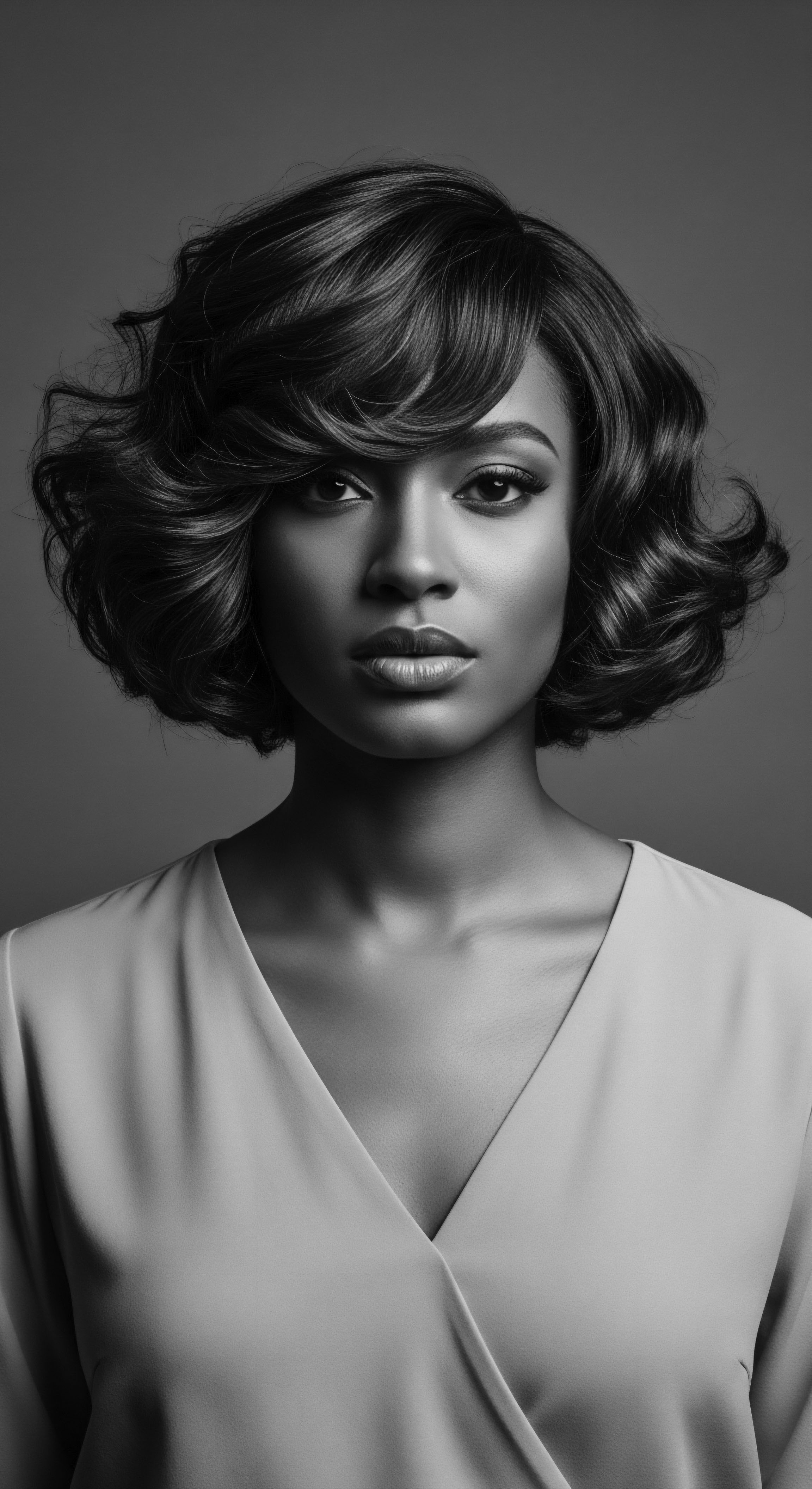
The Architecture of Ancestry
Textured hair, with its unique helical structure, represents a marvel of biological design. Each curl, each coil, holds a distinct pattern, shaping the way light dances upon it and how moisture is held within. This structural originality, often viewed through a narrow lens of ‘manageability’ in dominant beauty narratives, is, in its true sense, a testament to diversity and adaptability. Ancestral communities, long before the advent of microscopes, possessed an intuitive grasp of these characteristics, shaping their care practices to honor the hair’s inherent qualities.
For millennia, in various African societies, hair was regarded as more than simple adornment. It served as a visual language, conveying age, marital status, social rank, tribal identification, and even spiritual beliefs. The practice of hair braiding, dating back over 5000 years in Africa, offers an early depiction of hair’s communicative power. Patterns woven into the hair could, for instance, signify a person’s role within their community.
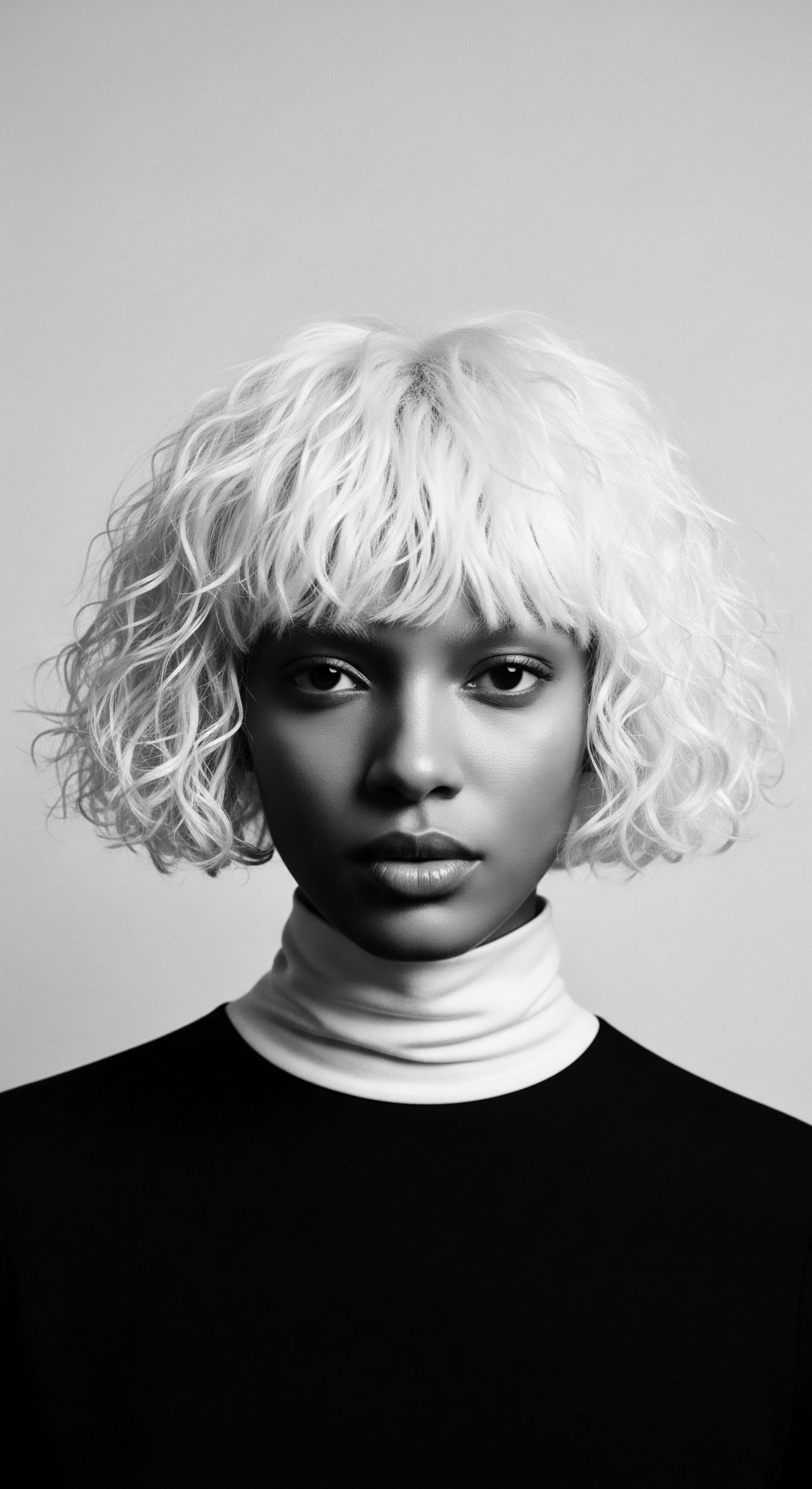
What Does Textured Hair Nomenclature Reflect?
The language used to describe textured hair has evolved, sometimes problematically, reflecting shifts in societal perceptions and power dynamics. Modern classification systems, like the Andre Walker hair typing system, categorize hair by numbers and letters (e.g. 3a, 4c).
While these systems attempt to provide a shared vocabulary for varying curl patterns, they can sometimes inadvertently reinforce a hierarchy that privileges looser curls or straight hair. Historically, such distinctions were tied to social structures and even caste systems, particularly during and after the era of enslavement.
Textured hair, a living heritage, carries centuries of stories in its coils and curls, reflecting identity and enduring spirit.
Ancestral naming traditions, however, were often rooted in cultural observation and utility. They were descriptive, connecting hair directly to nature, spiritual beliefs, or specific styling techniques. These original lexicons honored the inherent qualities of hair, rather than measuring it against an external standard. For example, some traditional terms might describe hair as having the strength of a certain vine or the soft, dense feel of a cloud, reflecting a profound respect for its natural state.

Echoes of Ancient Care for Hair Growth
The cycles of hair growth, influenced by internal and external factors, were deeply understood in ancestral wellness philosophies. Traditional African hair care was not merely cosmetic; it was a holistic practice tied to well-being, community, and the environment. Early communities relied on the bounty of their lands, using natural oils, butters, and herbs to maintain hair health and moisture.
Consider the use of Shea Butter , derived from the nuts of the shea tree, which was and remains a staple for its moisturizing and healing properties. Another example is African Black Soap , traditionally made from plantain skins, cocoa pods, and palm oil, valued for its cleansing abilities without stripping natural oils. These practices show a deep, intuitive science at play, where observable benefits guided the use of natural resources.
- Shea Butter ❉ A rich emollient, historically used for moisture and scalp health across West Africa.
- African Black Soap ❉ A traditional cleanser, crafted from plant-based ashes and oils, providing gentle cleansing.
- Chebe Powder ❉ A blend of seeds and spices from Chad, historically applied as a paste to hair to promote retention.
- Rhassoul Clay ❉ A mineral-rich clay from Morocco, used for centuries to cleanse and detoxify hair and scalp.

Ritual
The shaping of textured hair, whether through braids, twists, or the artful display of an Afro, has always transcended mere aesthetics. It is a ritual, a profound act that carries the weight of history, the stories of generations, and the spirit of defiance against oppressive norms. This act, rooted in heritage, speaks volumes about connection to ancestry and self-determination. The continuum of styling practices, from ancient communal gatherings to contemporary individual expressions, provides a powerful answer to why textured hair remains a symbol of resistance.

Protective Styling Through Generations
Protective styles are not a modern invention; they are a living heritage, born from necessity and cultivated into art. In pre-colonial Africa, intricate braiding patterns communicated social status, age, marital status, and tribal affiliation. These styles offered practical benefits, keeping hair contained and shielded from environmental elements.
During the horrific transatlantic slave trade, these styles took on a new, urgent significance. Enslaved African women braided rice or seeds into their hair to ensure survival during the Middle Passage, effectively carrying sustenance and their heritage.
Additionally, cornrows were used as covert maps, illustrating escape routes from plantations for those seeking freedom. This transformation of a functional and cultural practice into a tool of literal survival and rebellion underscores hair’s enduring role in resistance. The meticulous process of braiding, passed from elder to child, created moments of intimacy and shared knowledge, preserving cultural memory even under duress.
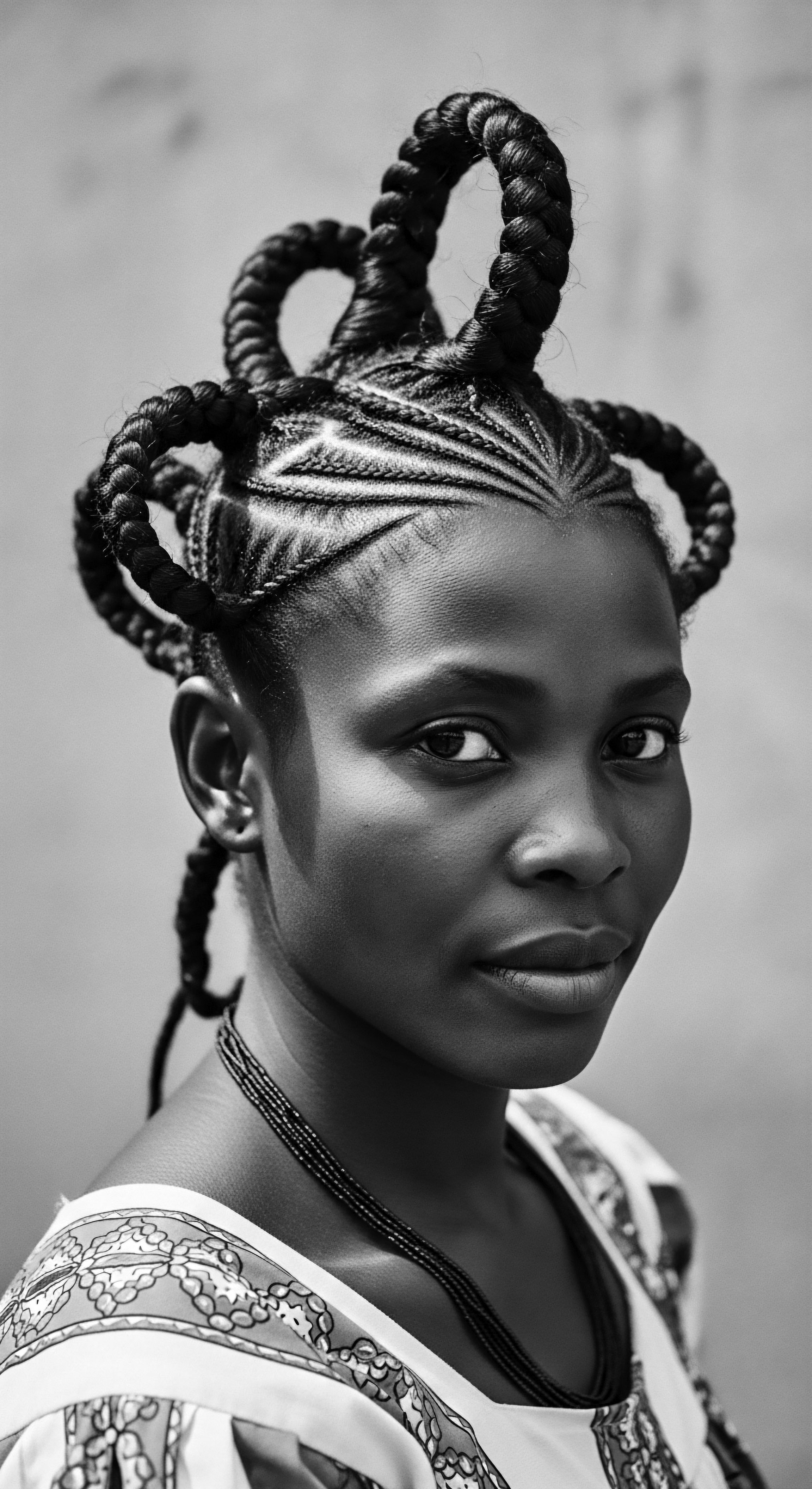
How Did Natural Styling Evolve from Ancestral Methods?
The natural styling techniques seen today, emphasizing definition and volume, mirror ancient practices that celebrated hair in its inherent form. Historically, various African communities used natural emollients like cocoa butter and avocado oil, along with traditional oils such as baobab and marula, to moisturize and enhance their hair’s natural texture. The intentional use of these ingredients speaks to an intuitive understanding of the hair’s needs and a deep respect for natural resources.
The resurgence of interest in these methods in contemporary times marks a conscious return to ancestral wisdom, a rejection of chemical alterations that once dominated beauty standards. This return is a quiet yet firm act of resistance, a reclaiming of self that begins at the scalp. The commitment to working with the hair’s natural curl, rather than against it, stands as a declaration of self-acceptance and cultural pride.
Styling textured hair is a heritage ritual, transforming ancestral wisdom into defiant self-expression against imposed beauty norms.

Wigs and Adornments Through History
The use of wigs and hair extensions also possesses a long, multifaceted history within Black and mixed-race communities, stretching back to ancient African societies. In ancient Egypt, elaborate wigs signified status and divinity. Royalty and the elite adorned these wigs with precious materials, reflecting wealth and a connection to the spiritual realm.
Post-enslavement, as Eurocentric beauty standards gained dominance, the use of wigs and hair manipulation sometimes served as a means of assimilation for survival. However, this practice was not without its own forms of resistance, allowing for stylistic agency within restrictive societal frameworks.
Today, wigs and extensions offer versatility and creative expression, allowing individuals to honor diverse aesthetics while still acknowledging their heritage. The modern embrace of these elements can be seen as a continuation of historical practices, transformed by contemporary access and choice.
| Historical Styling Practice Braiding Patterns as Communication ❉ Signified tribal identity, marital status, and even escape routes during enslavement. |
| Continuity in Modern Times Cultural Affirmation ❉ Braids and cornrows are widely worn as expressions of cultural pride and identity. |
| Historical Styling Practice Natural Butters and Oils for Moisture ❉ Shea butter, palm oil, coconut oil used to maintain hair health. |
| Continuity in Modern Times Holistic Care Revival ❉ Renewed popularity of natural ingredients for hair wellness. |
| Historical Styling Practice Hair Adornments as Status Symbols ❉ Beads, gold, and cowrie shells indicating wealth, age, or spiritual connections. |
| Continuity in Modern Times Personal Expression ❉ Adornments today allow for diverse aesthetic choices while honoring a rich visual heritage. |
| Historical Styling Practice The enduring presence of these practices underscores a continuous connection to hair heritage, transforming historical survival into modern self-definition. |
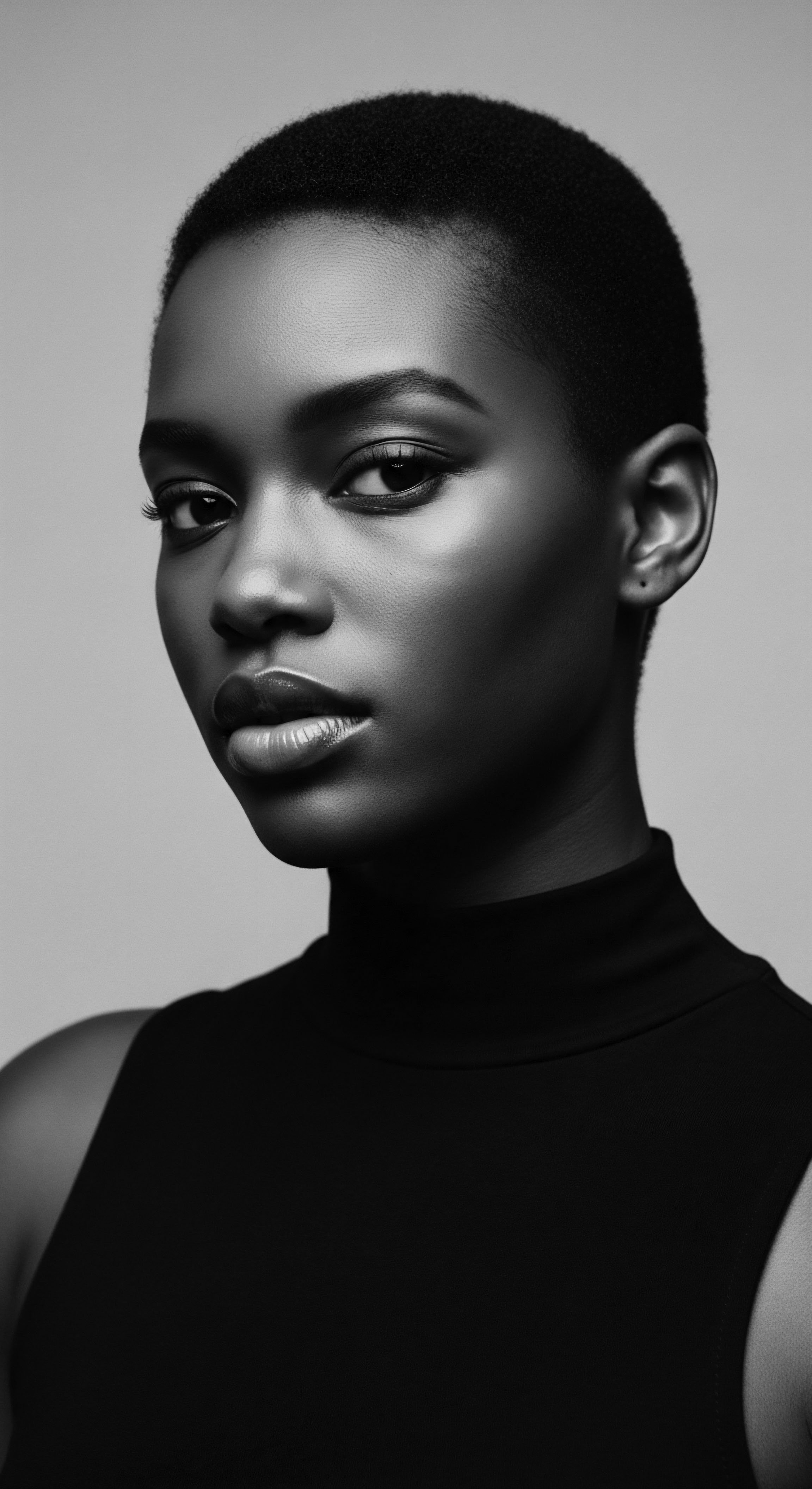
Relay
The narrative of textured hair as a symbol of resistance is not static; it is a living relay, passed from generation to generation, gaining new depth with each societal challenge and triumph. In modern times, this symbolism has broadened, encompassing legal battles, economic empowerment, and a global movement towards self-acceptance. The coil, once deemed a mark of inferiority, stands now as a crown, a declaration, and a silent, yet powerful, refusal to conform.
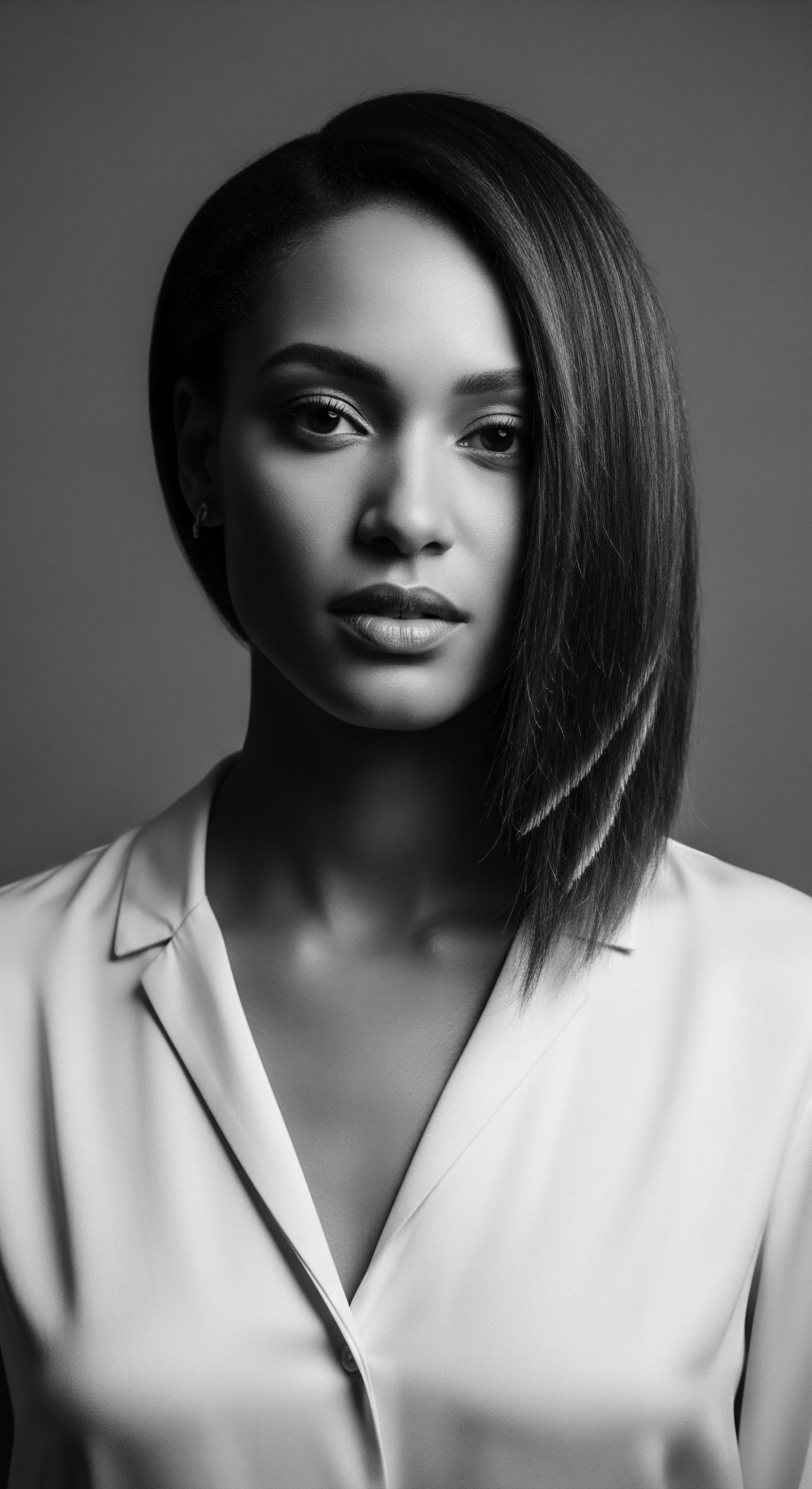
Hair as a Battleground for Rights
For centuries, the physical appearance of Black and mixed-race people, particularly their hair, has been policed and judged against Eurocentric beauty standards. This systemic pressure aimed to strip away cultural identity and enforce assimilation. Yet, in the face of this, hair became a potent symbol in movements for civil rights and Black liberation.
During the Civil Rights Movement of the 1960s and 1970s, the Afro became an undeniable emblem of Black pride and a political statement against systemic racism. Figures like Angela Davis , with her iconic Afro, intentionally embraced their natural hair as an act of defiance, directly challenging prevailing beauty norms. Her hair became synonymous with Black power, prompting the FBI to include her natural hairstyle in wanted posters, signifying its perceived threat to the established order. This period saw a significant shift in perception ❉ a 1972 study of Black teenagers in St.
Louis showed a dramatic rise in natural hair adoption, with 90 percent of young men and 40 percent of young women sporting their natural kinks. This local trend reflected a wider national movement.
The legacy of this resistance continues today in legal frameworks designed to combat hair discrimination. The CROWN Act (Creating a Respectful and Open World for Natural Hair), first introduced in California in 2019, aims to prohibit discrimination based on race-based hairstyles, including braids, locs, twists, and knots, in workplaces and public schools. This legislation directly addresses a loophole in earlier civil rights protections, which often only covered race but did not explicitly extend to hair texture or protective styles. As of June 2023, twenty-three states have passed similar legislation, a testament to the ongoing need for such protections.
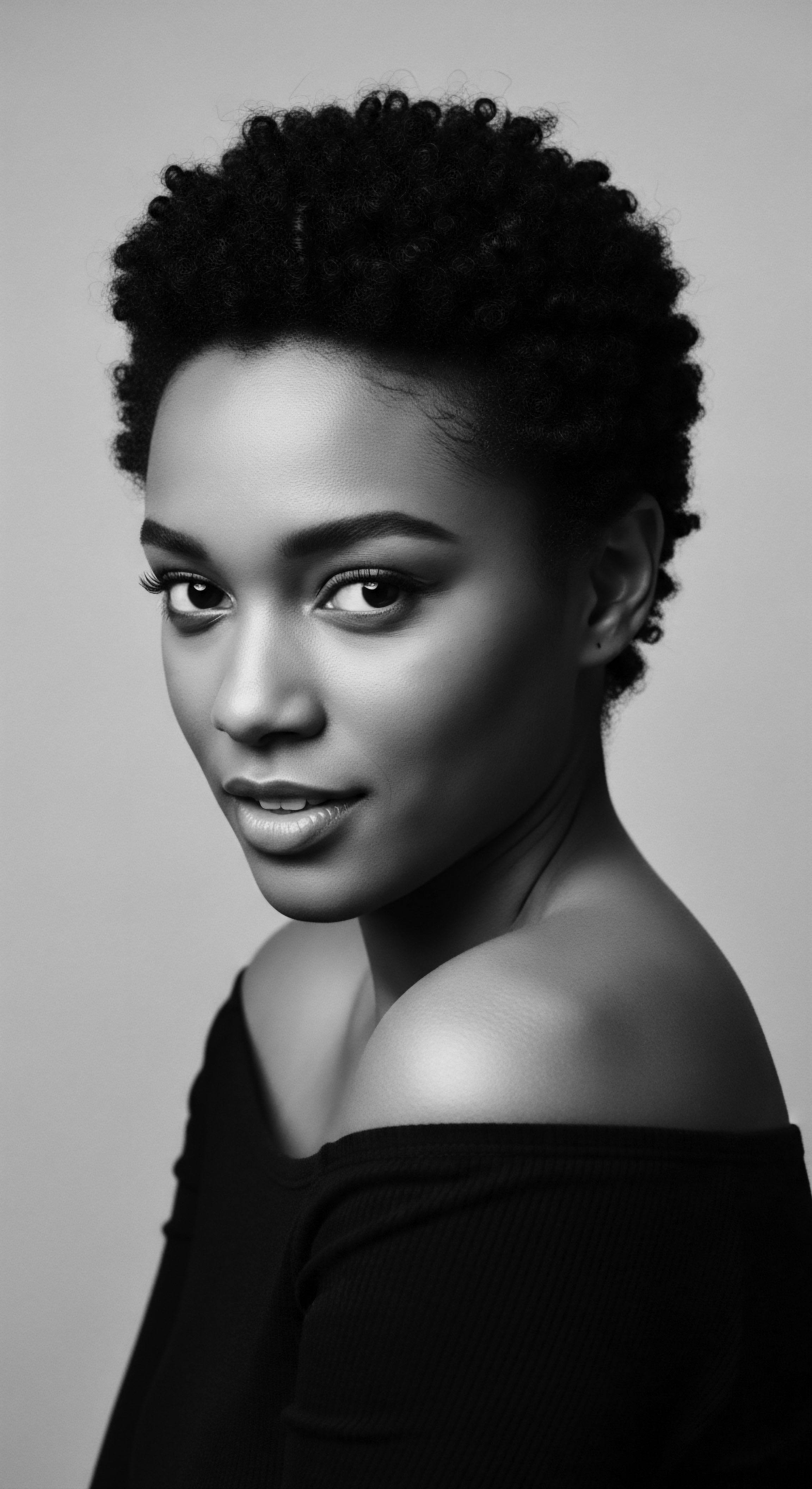
How Does Hair Shape Economic Independence and Identity?
The pursuit of economic independence through hair care has been a powerful form of resistance within Black communities, challenging systems that sought to limit opportunity. Figures like Madam C.J. Walker , born Sarah Breedlove, pioneered the Black hair care industry in the early 20th century.
Faced with hair loss and scalp issues, she developed a line of products tailored to the unique needs of Black hair. More than just creating products, Walker established a network of “Walker Agents,” Black women who sold her products and gained financial autonomy in an era with severely limited options.
Her business model was a revolutionary act of economic empowerment, fostering community and confidence. This legacy continues to inspire entrepreneurs today, contributing to a multi-billion dollar hair care industry driven by Black innovation. The choice to support Black-owned businesses within this sphere is itself an act of resistance, diverting resources and affirming value within the community.

The Unbound Helix ❉ Hair as Self-Definition?
Textured hair stands as a testament to self-definition, a tangible manifestation of a community’s journey towards complete self-acceptance. The very act of wearing one’s natural hair, particularly styles that were historically deemed unprofessional or undesirable, carries a powerful message. It asserts a right to exist authentically, to reject imposed standards, and to celebrate an aesthetic rooted in heritage.
Legal battles and economic endeavors define textured hair as a powerful act of resistance, affirming self-definition against systemic oppression.
This self-definition is not a singular act but a continuous dialogue with history. It acknowledges the forced assimilation that led many to chemically alter their hair for survival or acceptance. It then consciously chooses a different path, one that honors the genetic blueprint and cultural memory embedded in each strand. The modern natural hair movement, reinvigorated by social media, allows individuals to connect, share knowledge, and collectively affirm the beauty and versatility of textured hair.
This collective affirmation reinforces the message that beauty is expansive and diverse, not confined by narrow, Eurocentric ideals. The embrace of natural textures represents a rejection of the historical burden of conforming and a bold proclamation of liberation.
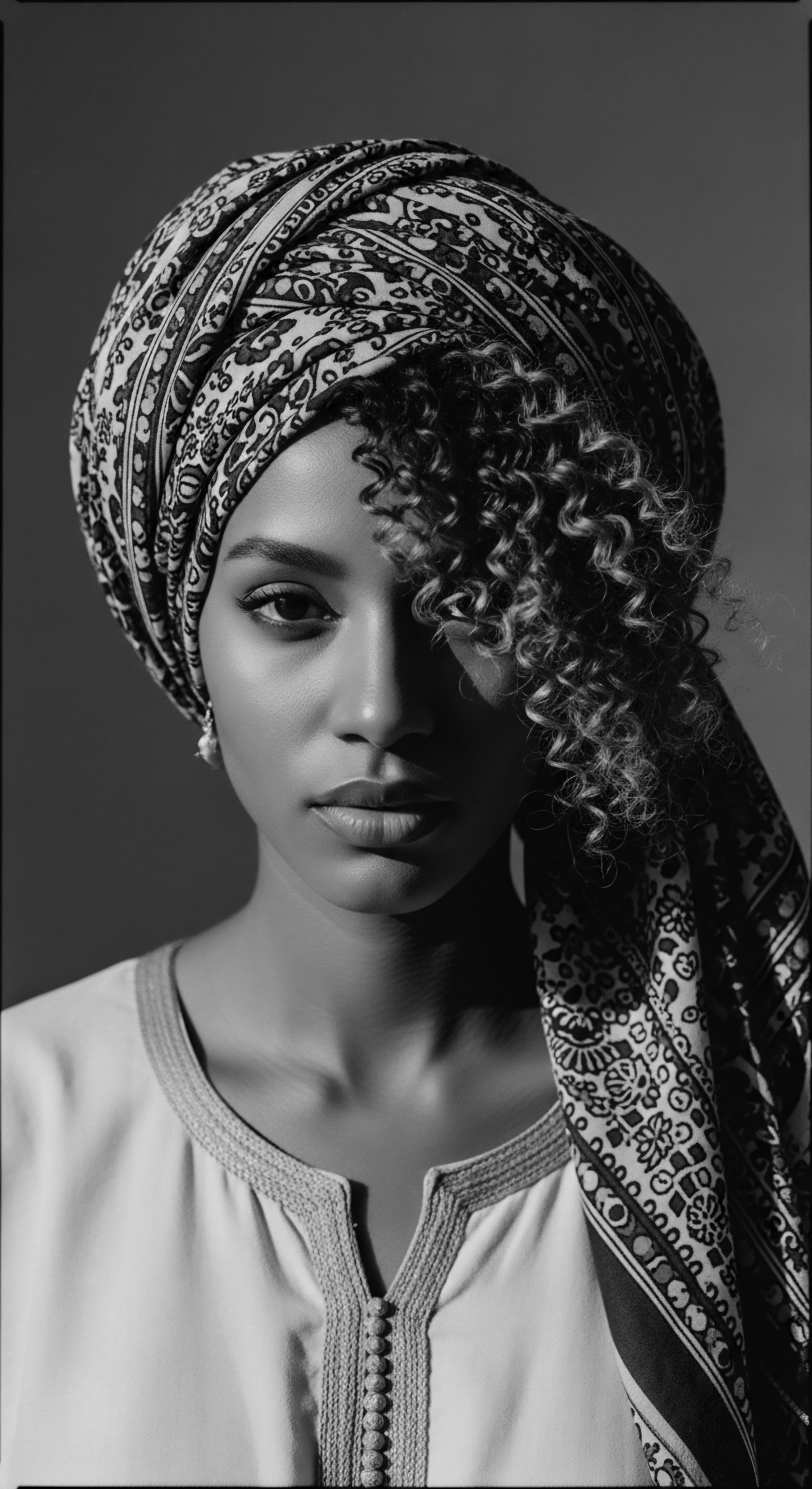
Reflection
The journey through textured hair’s legacy reveals more than just biological structures or stylistic inclinations. It uncovers a profound meditation on endurance, a soulful testament to the human spirit’s capacity for resistance. Each strand, from the most tightly coiled to the most softly waved, holds within it echoes from the source, living traditions of tender care, and the promise of an unbound future.
This enduring connection to hair heritage is not a relic of the past; it is a living, breathing archive, constantly being written by those who wear their crowns with pride. The choices made about textured hair today, whether in personal styling or collective advocacy, are deeply informed by the struggles and celebrations of those who came before. It is a dialogue across generations, a silent agreement to preserve what was once threatened, to honor what was once scorned.
As we continue to observe textured hair signifying resistance in modern times, we see the unfolding of an ancient wisdom, validated by contemporary science and affirmed by cultural movements. It is a journey that transcends fleeting trends, affirming instead the deep, abiding power of identity. The soul of a strand, in every sense, continues its luminous relay, a beacon of authenticity in a world still learning to see its true radiance.
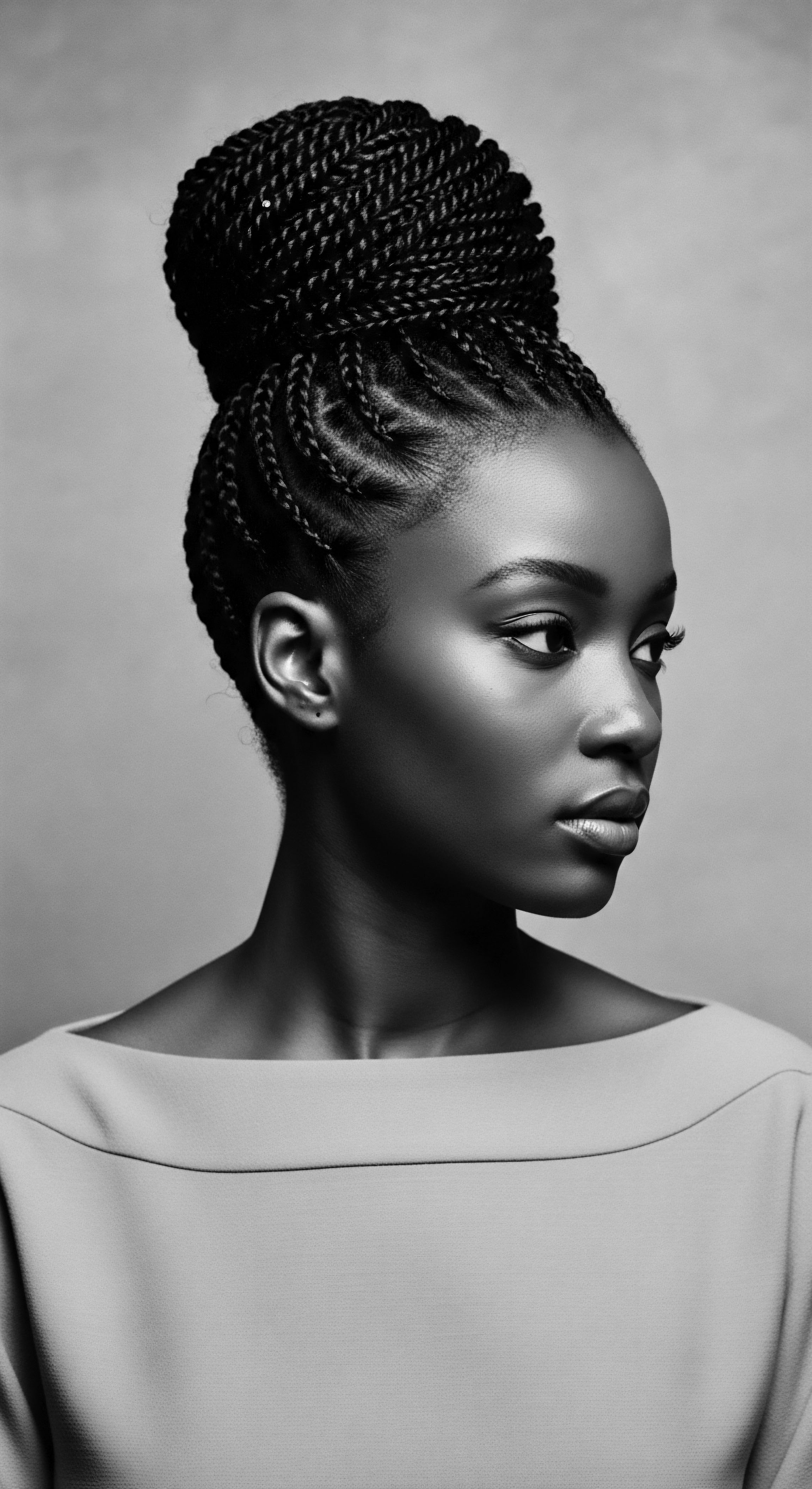
References
- Patton, Tracey Owens. “Hey Girl, Am I More Than My Hair?” Black Women, Beauty, and the Politics of Hair. Lexington Books, 2006.
- Tharps, Lori L. and Byrd, Ayana. Hair Story ❉ Untangling the Roots of Black Hair in America. St. Martin’s Press, 2001.
- Bundles, A’Lelia Perry. On Her Own Ground ❉ The Life and Times of Madam C. J. Walker. Scribner, 2001.
- Rastogi, Nisha. “The CROWN Act ❉ A Jewel for Combating Racial Discrimination in the Workplace and Classroom.” Economic Policy Institute, 2023.
- Craig, Maxine Leeds. Ain’t I a Beauty Queen? Black Women, Beauty, and the Politics of Race. Oxford University Press, 2002.
- Byrd, Ayana D. and Tharps, Lori L. Hair Story ❉ Untangling the Roots of Black Hair in America. St. Martin’s Griffin, 2014.
- Mercer, Kobena. “Black Hair/Style Politics.” Welcome to the Jungle ❉ New Positions in Black Cultural Studies. Routledge, 1994.
- Okoye, Chinelo. Hair and Power in African Cultures. University of Chicago Press, 2020.
